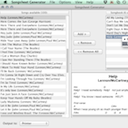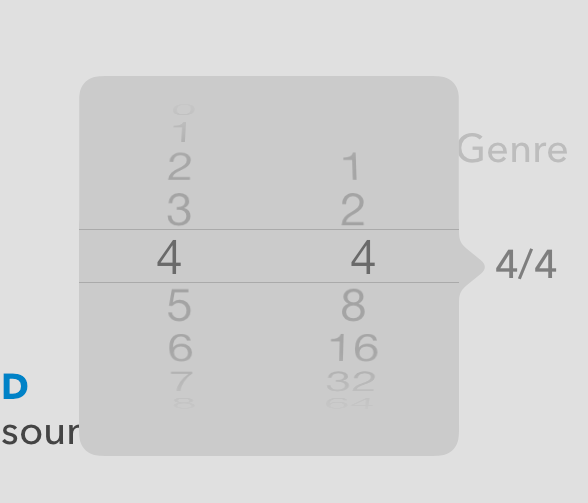


Most music you hear and create today is written in 440Hz Tuning, but just note that if you’re working on an existing song, sample, or instrument and nothing seems to be in key, it’s most likely because it was written in 432Hz Tuning. 432Hz 一 an alternative pitch, argued by some to be superior due to spiritual beliefs or personal preference.440Hz 一 the standard accepted pitch reference for tuning musical instruments in America (also known as concert pitch)x.Here is the main takeaway without getting too deep into it, if you’re not familiar:

I’m sure you’re familiar with the 440Hz vs 432Hz debate, or ‘conspiracy theory’ if you will. To keep it simple, there are 2 that remain relevant in Western Music today. This is represented in the digital realm as Sample Rates, which is an extremely extensive topic for a future article. Since the way we hear music is based on the relationships between frequencies, not the frequency values themselves, there are various tuning systems to help you figure out which frequency an instrument is outputting. There are many confusing aspects to Music Theory, but once they’ve been broken down, it will click faster than your metronome.īefore we get started, I felt the need to quickly mention this all-too-famous debate/tuning standard for a second. As long as the distance between the notes is the same, of course. This is because it can be different every single time you hear it but always sounds the same regardless of the initial note. Think about it… do you really know what note Happy Birthday starts on? No, right? When listening to something like a melody, for example, it’s not about the actual note, but rather the sequence of notes and the relationship (distance) between them that defines the tune. Western Music is your native language, so to speak, with a total of just 12 frequency values (notes) to base your scales on. If you live in North America, the scale systems you use are defined as ‘Western Music.’ In other regions, this varies. Similar to language, these pitches evolved over time into what you recognize today. In order to comprehend Theory as it applies to music production, you must first understand that pitch, scales, and even Music Theory itself is just a system of relative tones and frequency-values (notes).


 0 kommentar(er)
0 kommentar(er)
